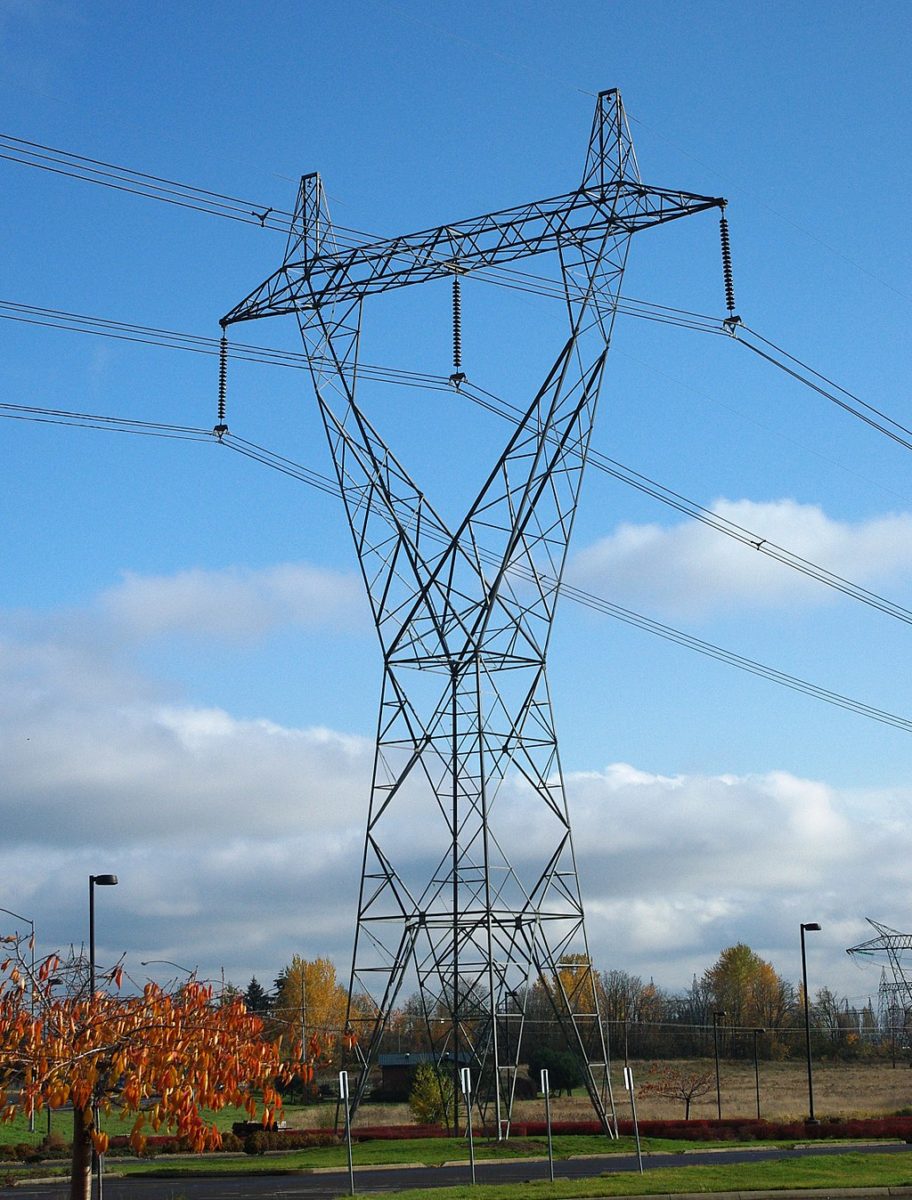The Federal Energy Regulatory Commission (FERC) voted to shore up the nation’s transmission grid to meet growing renewable energy generation.
This is long-awaited news for the solar industry, as the U.S. Department of Energy has estimated that 54,500 GW-miles of additional within-region transmission capacity is needed for a clean grid. An improved grid aligns with the move to clean energy as supported by the Inflation Reduction Act and the Biparistisan Infrastructure Law.
The Solar Energy Industries Association (SEIA) has been involved with this rulemaking proceeding over the past two years, advocating for reforms to the transmission planning process to account for all the benefits that clean energy offers.
“We’re pleased FERC took several steps to improve America’s outdated transmission system, including following SEIA’s recommendations requiring transmission providers to engage in long-term regional planning,” said Melissa Alfano, senior director of energy markets and counsel for SEIA.
The ruling, Order No. 1920, is the first time in more than a decade that FERC has addressed regional transmission policy as well as the need for long-term transmission planning.
“Our country is facing an unprecedented surge in demand for affordable electricity while confronting extreme weather threats to the reliability of our grid and trying to stay one step ahead of the massive technological changes we are seeing in our society,” said FERC Chairman Willie Phillips. “Our nation needs a new foundation to get badly needed new transmission planned, paid for and built. With this new rule, that starts today.”
With this ruling, transmission providers must conduct long-term planning for regional transmission facilities and determine how to pay for them. It also provides for “right sizing” transmission facilities, which amounts to expanding transmission when it needs to be replaced. Furthermore, it spells out the role of states in planning, selecting, and determining how to pay for transmission lines.
[Read The 50 states of grid modernization.]“We need to seize this moment,” Chairman Phillips said. “Over the last dozen years, FERC has worked on five after-action reports on lessons learned from extreme weather events that caused outages that cost hundreds of lives and millions of dollars. We must get beyond these after-action reports and start planning to maintain a reliable grid that powers our entire way of life. The grid cannot wait. Our communities cannot wait. Our nation cannot wait.”
The ruling also details how FERC can exercise its authority over states if they fail to act on a transmission project outlined by the National Interest Electric Transmission Corridors (NETC). The Department of Energy designated ten NETCs, eight of which would facilitate transmission between grid regions; one would expand transmission within the Mid-Atlantic’s PJM grid region; and one would expand transmission in the Northern Plains.
Also included in the ruling are advanced technologies to modernize the grid, such as advanced conductors and grid-enhancing technologies.
Grid-enhancing technologies (GETs) were cited by an RMI study as potentially capable of saving project developers collectively hundreds of millions of dollars in interconnection costs compared to default network upgrades, while the project-level savings “could be the difference” that allows a developer to build a project instead of dropping out of the queue. The study notes that GETs can also be installed more quickly than other network upgrades.
“WATT applauds FERC for requiring advanced power flow control, dynamic line ratings and transmission switching in regional transmission plans,” said Julia Selker, executive director of the WATT Coalition, a group that advocates for policy that supports wide deployment of Grid-Enhancing Technologies. “These technologies are often cost-effective tools to increase grid capacity and improve flexibility to manage outages and other contingencies. Grid Enhancing Technologies will be vital to achieving the seven economic and reliability benefits in the rule, especially production cost savings, reducing grid congestion and improving performance in extreme weather.”
The energy grid in the United States was built in the 1960s and 70s and is hard pressed to handle the extreme weather events caused by climate change, let alone the renewable energy needed to meet energy goals.
“An expanded transmission system is not just a must for climate, it’s a must for running a reliable, affordable grid. The power system is changing, and this rule ensures the nation’s power grid will advance with clarity and consistency – rather than a haphazard approach that ignores the full range of benefits that new transmission can bring,” said Alfano.
Alfano noted that climate-fueled disasters pose huge challenges to the grid. “This rule will help shape a power grid that optimizes the capabilities of clean energy while prioritizing reliability and affordability,” she said. “In addition, FERC’s backstop siting rule will help ensure that no one state can veto transmission lines that are in the general interest of the nation.”
This content is protected by copyright and may not be reused. If you want to cooperate with us and would like to reuse some of our content, please contact: editors@pv-magazine.com.









By submitting this form you agree to pv magazine using your data for the purposes of publishing your comment.
Your personal data will only be disclosed or otherwise transmitted to third parties for the purposes of spam filtering or if this is necessary for technical maintenance of the website. Any other transfer to third parties will not take place unless this is justified on the basis of applicable data protection regulations or if pv magazine is legally obliged to do so.
You may revoke this consent at any time with effect for the future, in which case your personal data will be deleted immediately. Otherwise, your data will be deleted if pv magazine has processed your request or the purpose of data storage is fulfilled.
Further information on data privacy can be found in our Data Protection Policy.